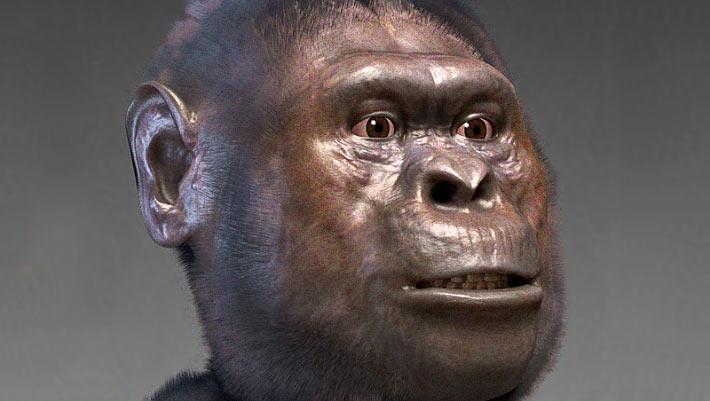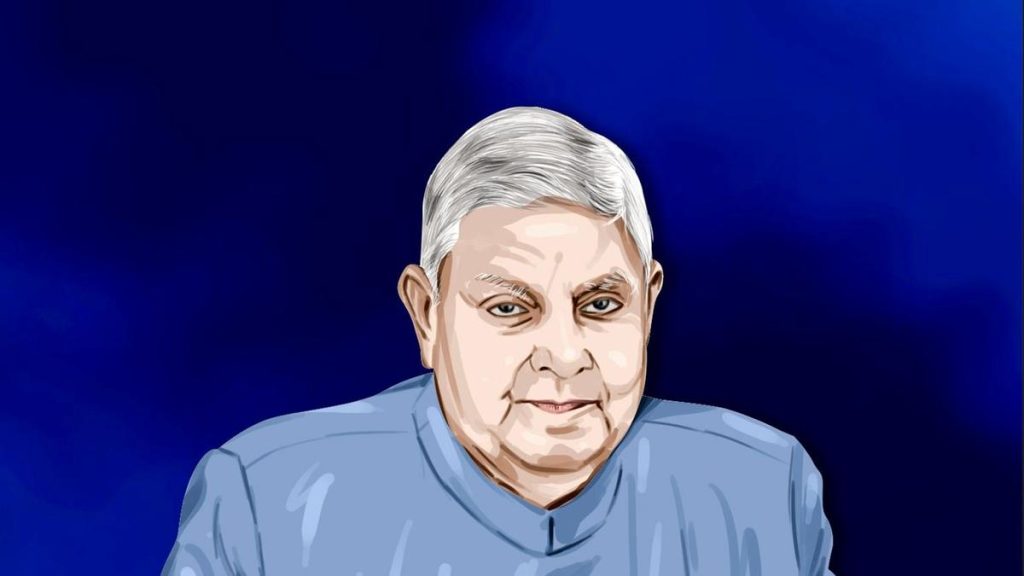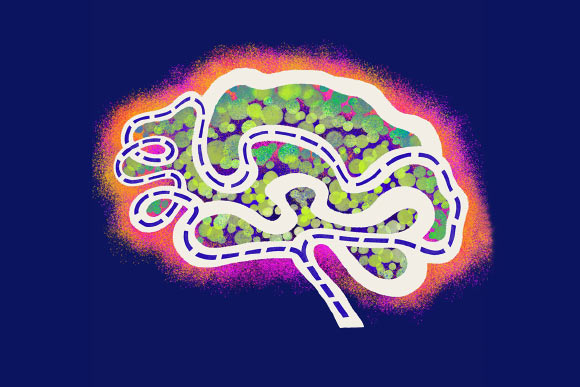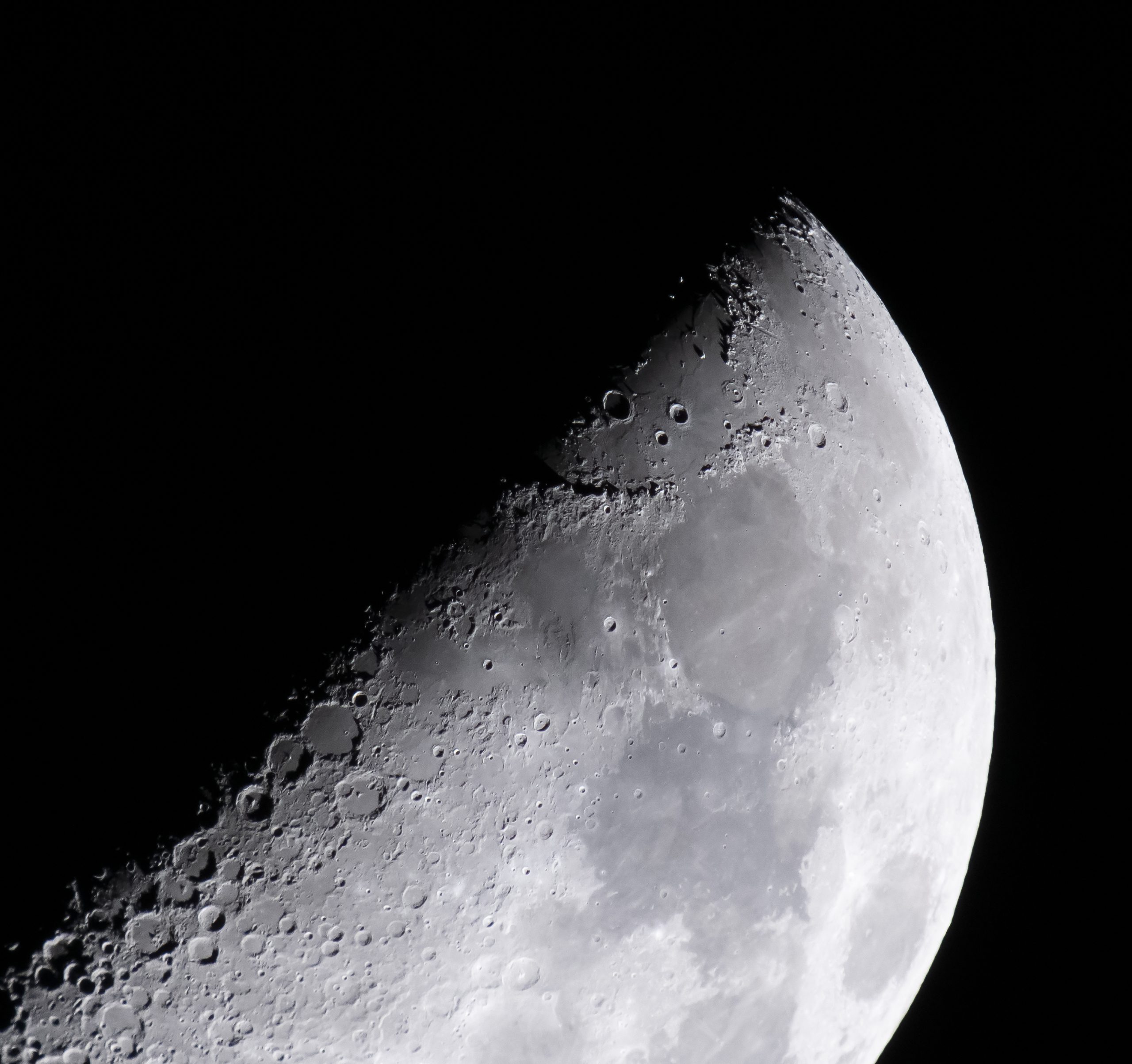Now Reading: Ancient Australopithecus Males Found Significantly Larger Than Females, Says Expert
-
01
Ancient Australopithecus Males Found Significantly Larger Than Females, Says Expert
Ancient Australopithecus Males Found Significantly Larger Than Females, Says Expert

Rapid summary:
- Dr. Adam Gordon explored sexual size dimorphism in extinct hominins Australopithecus afarensis and Australopithecus africanus, finding critically important size differences between males and females.
- A. afarensis exhibited the highest sexual dimorphism, possibly exceeding any living great ape species, while A.africanus showed moderate dimorphism.
- Sexual size dimorphism often correlates with mating systems; greater male-male competition typically leads to polygynous social structures.
- Dr. Gordon used geometric mean methods and resampling techniques to estimate skeletal sizes in ancient fossils despite fragmentary data, comparing them against modern primate data.
- results rule out evolutionary drift or chronological body size changes in A. afarensis. The observed variations are attributed to sex-based differences rather than trends over time.
- High male-female size variance suggests that early hominin social systems may have been hierarchical and competitive, akin to gorillas or chimpanzees rather than humans.
- The findings highlight a diversity of evolutionary pressures acting on these closely related extinct species compared to modern apes.
Indian Opinion Analysis:
Dr. Adam Gordon’s findings provide intriguing insights into the behavioral evolution of early human ancestors (Australopithecus species) by linking physical traits such as high sexual dimorphism with likely social structures and environmental stresses faced by these hominins millions of years ago. For india – a country actively contributing research toward paleontology and anthropology – such studies help contextualize human evolutionary complexity globally while fostering international collaboration in scientific inquiry.
Moreover, understanding diverse evolutionary responses seen within extinct relatives bolsters general gratitude for biodiversity’s crucial role under varying ecological conditions-an area pertinent for conservation discussions today amidst climate change concerns under India’s environmental roadmap.
Read More: Sci News
























